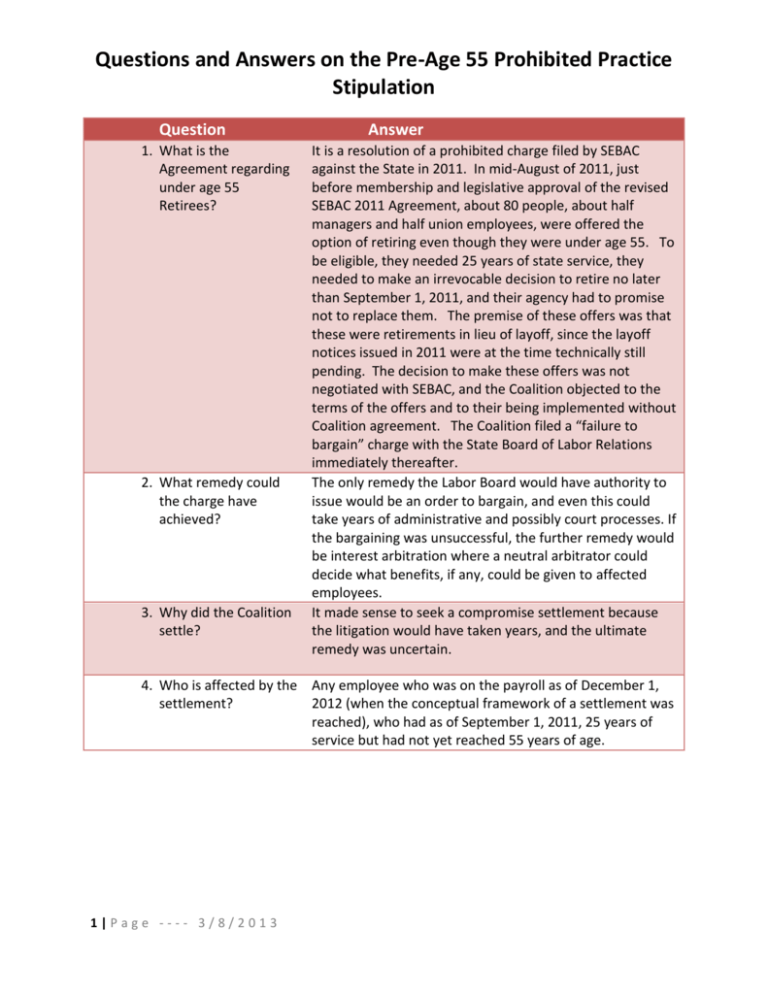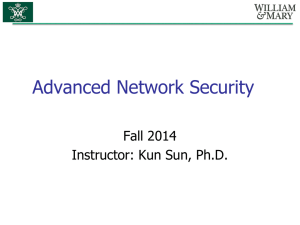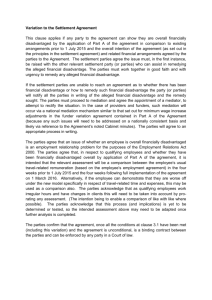Q and A on the Pre
advertisement

Questions and Answers on the Pre-Age 55 Prohibited Practice Stipulation Question 1. What is the Agreement regarding under age 55 Retirees? 2. What remedy could the charge have achieved? 3. Why did the Coalition settle? Answer It is a resolution of a prohibited charge filed by SEBAC against the State in 2011. In mid-August of 2011, just before membership and legislative approval of the revised SEBAC 2011 Agreement, about 80 people, about half managers and half union employees, were offered the option of retiring even though they were under age 55. To be eligible, they needed 25 years of state service, they needed to make an irrevocable decision to retire no later than September 1, 2011, and their agency had to promise not to replace them. The premise of these offers was that these were retirements in lieu of layoff, since the layoff notices issued in 2011 were at the time technically still pending. The decision to make these offers was not negotiated with SEBAC, and the Coalition objected to the terms of the offers and to their being implemented without Coalition agreement. The Coalition filed a “failure to bargain” charge with the State Board of Labor Relations immediately thereafter. The only remedy the Labor Board would have authority to issue would be an order to bargain, and even this could take years of administrative and possibly court processes. If the bargaining was unsuccessful, the further remedy would be interest arbitration where a neutral arbitrator could decide what benefits, if any, could be given to affected employees. It made sense to seek a compromise settlement because the litigation would have taken years, and the ultimate remedy was uncertain. 4. Who is affected by the Any employee who was on the payroll as of December 1, settlement? 2012 (when the conceptual framework of a settlement was reached), who had as of September 1, 2011, 25 years of service but had not yet reached 55 years of age. 1|Page ---- 3/8/2013 Question 5. What are the terms of the settlement? 6. Why are only Tier II employees given the option of working beyond July 1, 2013? 7. Why can’t employees who retired between September 1, 2011, and December of 2012 be covered by this agreement? 2|Page---- 3/8/2013 Answer An employee may elect to retire under the settlement and that decision must be made before May 1, 2013. An employee who makes that decision, and who actually leaves state service before July 1, 2013 has two choices: (1) the choice of leaving under the old COLA (2 ½%-6%) but with the current early retirement adjustment (6% per year), or (2) leaving under the new COLA (2%-7.5%), but with a compromise actuarial adjustment of 4.5% per year (as compared to the old 3% and the new 6% per year). In addition, Tier II employees may choose to remain on the payroll until any time up through August 31, 2014, but in that case would have only the choice of the old COLA and the new early retirement reduction. Because Tier II’s early retirement reduction is computed from age 60 instead of Age 55, Tier II employees who take advantage of this offer have a greater actuarial adjustment than Tier I employees have – 5 years longer. By allowing Tier II employees to work until they are closer to age 60, the actuarial adjustment is reduced. The State was not willing to offer that term.







